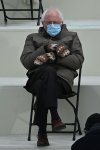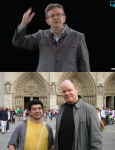I am not sure how easy it is to go without "something to hold a collar tight" in formaler settings but already for business casual-type stuff/going out in the evening fewer people are going full coat and tie and I ahve at least one professor who wears a suit without a necktie although it stands out.
EDIT: To be clear I mean the professor wears a suit without a necktie in class.
Meaning all the other professors wear suit and tie in class?













